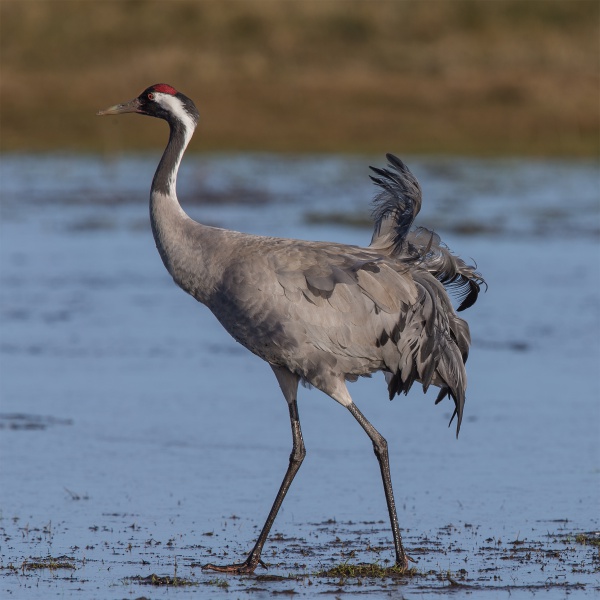Facts About Common crane
The common crane, also known as the Eurasian crane, is a remarkable bird from the Gruidae family. It is one of the few crane species you can find in Europe, with the demoiselle crane being another. Although not currently facing extinction, the common crane has disappeared from some parts of its historical range. This bird is distinctive for its slate-grey plumage and resonant, trumpeting call. Additionally, it is renowned for its elaborate courtship dances and complex social behaviors.
Common cranes breed in northern Europe and across the Palearctic to Siberia, with a significant population in Russia. These cranes are long-distance migrants, wintering in northern Africa and parts of Asia. In Europe, they favor boreal and taiga forests and wetland areas for breeding, while in winter, they migrate to flooded regions and agricultural fields.
Their diet is varied, consisting of plants, insects, and small animals. The cranes are monogamous, forming long-term pair bonds. Each spring, they perform intricate dances as part of their courtship ritual. Typically, they lay two eggs in a nest close to shallow water, and both parents share the responsibility of incubating the eggs.
However, common cranes face several threats, including habitat loss, dam construction, and human disturbances. Conservation efforts are ongoing in countries such as the United Kingdom and Ireland to protect and reintroduce them. The common crane also has a significant place in many cultures, often appearing in folklore and art.

 Germany
Germany